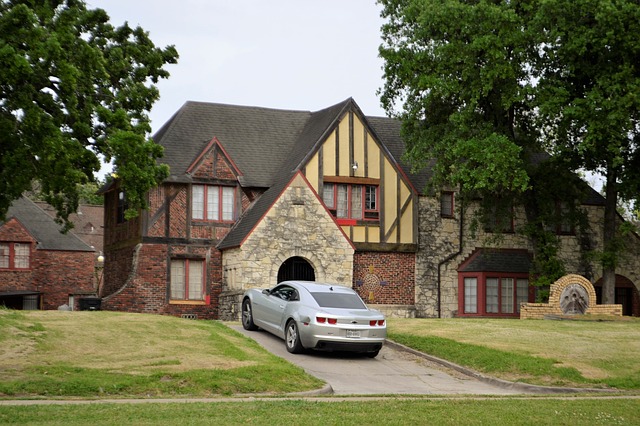Introduction
Bypassing garage door sensors permanently is a topic that raises concerns about safety and security. Garage door sensors are designed to prevent accidents and protect property, so tampering with them can have serious consequences. However, in some situations, homeowners may find it necessary to disable or bypass these sensors temporarily, such as during maintenance or repair work. It is important to note that permanently bypassing garage door sensors is not recommended and may violate safety regulations. This article will explore the reasons behind garage door sensors, methods for temporarily disabling them, and the potential risks involved.
Understanding Garage Door Sensors
Garage door sensors, also known as photoelectric sensors or safety sensors, are a crucial component of modern garage door systems. These sensors are typically placed near the bottom of the garage door tracks, on both sides. They work by emitting an infrared beam between the two sensors. When this beam is interrupted, such as by an object or person, the garage door automatically stops and reverses its direction to prevent accidents or damage.
The purpose of garage door sensors is to ensure the safety of individuals and property. They prevent the door from closing on someone or something, reducing the risk of injury or property damage. By disabling or bypassing these sensors, you are potentially compromising the safety features of your garage door system.
Temporary Disabling of Garage Door Sensors
While it is strongly advised against permanently bypassing garage door sensors, there may be situations where you need to temporarily disable them. For example, during maintenance or repair work, the sensors may need to be disconnected to prevent them from interfering with the intended operation. Here are the steps to temporarily disable garage door sensors:
1. Locate the sensors: The sensors are usually mounted on the garage door tracks near the floor. They consist of two units, one emitting the infrared beam and the other receiving it. Identify both units.
2. Disconnect the power: Before working on the sensors, disconnect the power to the garage door opener. This can usually be done by unplugging the opener or turning off the circuit breaker dedicated to the garage door.
3. Remove the sensors: Carefully detach the sensors from their mounting brackets. They are typically held in place with screws or brackets. Take note of the wiring connections for reinstallation later.
4. Disable the sensors: Once the sensors are removed, you can either cover the sensor lenses with opaque tape or disconnect the wiring. By covering the lenses, you prevent the sensors from detecting any obstructions. Disconnecting the wiring ensures that the sensors do not interfere with the garage door’s operation.
Risks and Considerations
It is essential to understand the risks associated with bypassing garage door sensors. By disabling or bypassing these safety features, you are compromising the intended functionality of your garage door system. This can lead to potential accidents, injuries, or property damage. It is crucial to remember that garage door sensors are designed to protect you and your loved ones.
Additionally, tampering with garage door sensors may violate safety regulations and could void any warranties or insurance coverage you have. It is always recommended to consult a professional technician or the manufacturer’s guidelines before attempting any modifications to your garage door system.
Conclusion
In conclusion, permanently bypassing garage door sensors is not recommended due to the potential risks involved. Garage door sensors are crucial safety features that protect individuals and property from accidents and damage. However, there may be situations where temporarily disabling the sensors is necessary, such as during maintenance or repair work. It is important to follow proper procedures and consult professional advice to ensure the safety and functionality of your garage door system.
References
– Chamberlain: www.chamberlain.com
– LiftMaster: www.liftmaster.com
– The Family Handyman: www.familyhandyman.com











